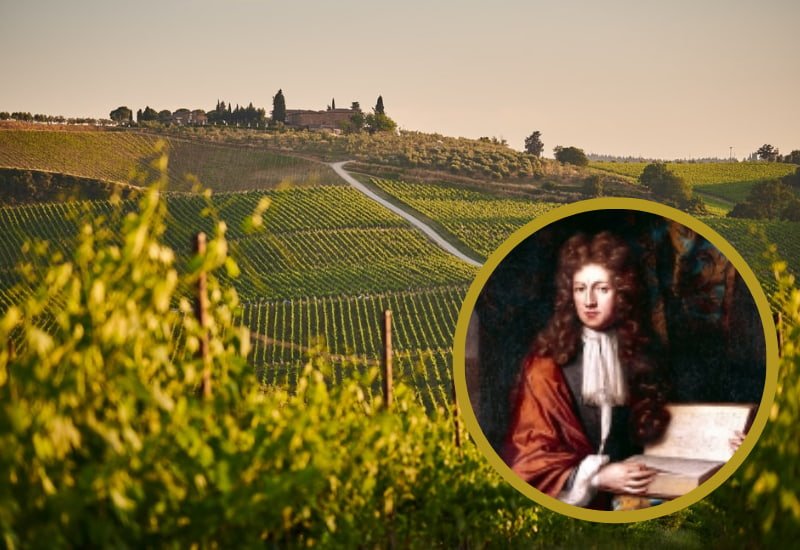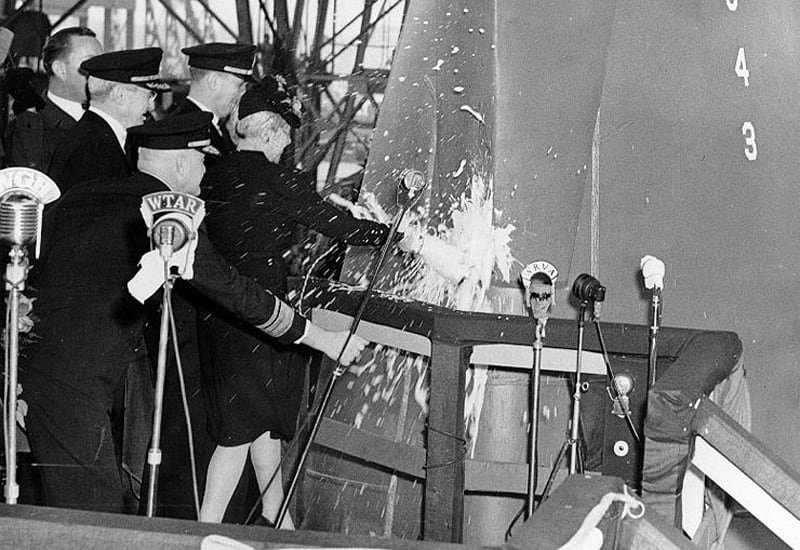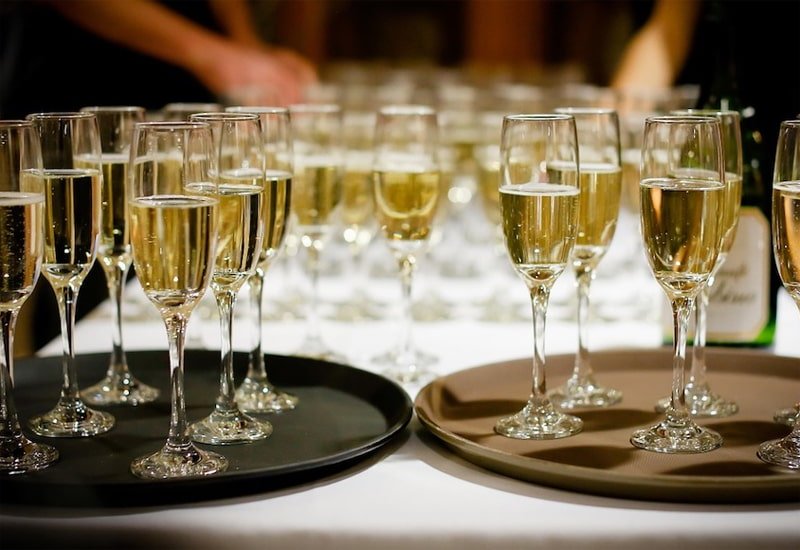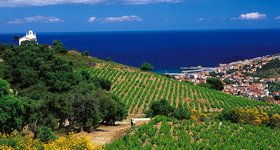Who Invented Champagne? (Was It Really Dom Perignon?)
Ever wondered who invented Champagne?
For the longest time, many wine lovers believed Benedictine monk and cellar master Dom Pierre Pérignon invented Champagne.
However, 30 years prior, someone else had already discovered how to make fizzy wine.
We’ll reveal how Dom Pérignon earned his title as the Father of Champagne, who really invented Champagne, and when France began its mass Champagne production.
Further reading
- Discover more about the Incredible World of Champagne and what makes it such a coveted drink.
- Love bubbly? These are the Best English Sparkling Wine bottles to try this year.
The Serendipitous “Discovery” of Champagne by Dom Pérignon

Legend has it that in 1693, Dom Pierre Pérignon discovered a way to make sparkling Champagne.
When he bottled the wine in the winter, the fermentation halted due to the low temperatures.
But, during the summer, the bottles warmed up, and the yeast triggered a secondary fermentation directly in the wine bottle. This resulted in carbon dioxide build-up, which in turn made the wine bubbly.
Fun fact: In reality, Dom Pérignon didn’t like the carbon dioxide build-up in the Champagne bottle and worked hard to eradicate it.
But why were the bubbles such an undesired effect for the Benedictine monk?
The pressure of the CO2 in the wine caused the weak, poor quality French glass bottles to explode. As a result, the drink earned the title devils wine.
So why did Dom Pérignon become known worldwide as the Father of Champagne?
Dom Perignon: A Pioneer in the Winemaking World

Dom Perigon pioneered a few winemaking techniques:
- He was the first winemaker in the Champagne region to make white wine out of blue grape varieties, like Pinot Noir.
- In the late 17th century, he created and regulated the Méthode Traditionelle (formerly Méthode Champenoise) secondary fermentation process.
- He introduced the usage of corks, which he fastened to the bottle with hemp. (The wire cage as we know it today was invented much later, in 1844, by Adolphe Jaquesson.)
Under Dom Perignon’s leadership, the Abbey of Saint-Vanne flourished, and the vineyard lands doubled in size.
But his reputation as the Father of Champagne got established about a century later.
In 1821, Dom Groussard, one of Dom Pérignon's successors at the abbey, credited the Benedictine Monk for inventing Champagne wine and shared other embellished stories. He did this to increase the abbey’s prestige.
But Champagne was actually discovered much earlier.
So, Actually, Who Invented Champagne?

In 1662, Christopher Merrett, a scientist, naturalist, physician and metallurgist from Great Britain, submitted a paper to the Royal Society. The paper was the first official document that explained how to make bubbly wine.
In it, Merrett detailed how winemakers in Great Britain added vast quantities of sugar and molasses to wine to give them effervescence.
Christopher Merrett’s paper came out 6 years before Dom Pérignon even arrived at the abbey.
The Englishmen were more successful in making sparkling wine because they were using sturdy glass bottles. The thicker glass could withstand the carbon dioxide pressure and prevent bottle explosions.
Fun Fact:The book, The Knight Who Invented Champagne details how King James I (descendent of Henry VII), Admiral Sir Robert Mansell, and Sir Kenelm Digby revolutionized glass production in the 17th century.
When Did Large-Scale Champagne Production Really Begin?

In 1715, the court of Phillippe II made sparkling Champagne popular among French aristocrats.
Soon, many wine producers in the Champagne region started producing sparkling wine.
In the 19th century, Champagne producer Veuve Clicquot (Widow Clicquot), run by Madame Clicquot, made advances in the development of the Méthode Champenoise process. She made large-scale Champagne wine production profitable.
Vintage Champagne maker Dom Pérignon produced its first bottle of Champagne in 1921 (made with Pinot Noir, Chardonnay, and Pinot Meunier grape varietals.)
How is Champagne Made Today?

Here’s the general process each Champagne winemaker follows:
- The still wine is poured into a Champagne bottle with yeast and priming sugar.
- The bottle is sealed and the second fermentation begins.
- Bottles are then stacked on their sides and, over many days, gradually rotated until they face downward.
- Once the sediment falls settles down, the bottle neck is freezed.
- Next, the bottle is put into a disgorging machine, where the bottle’s temporary metal cap is removed and the frozen sediment is forced out.
- The machine adds a small amount of dosage and seals the bottle.
Ready To Pop Open A Bottle of Champagne?

Irrespective of who invented Champagne, it is still the most popular drink to enjoy on celebratory occasions. And choosing a bottle made by a famous Champagne house makes the experience even more delightful.

So, if you’d like to invest in a bottle of bubbly from Champagne wine producers like Dom Pérignon, Veuve Clicquot, Krug, Bollinger, and many more, check out Vinovest.
It’s a wine investment platform designed to help you easily buy, store, and sell fine wines.



